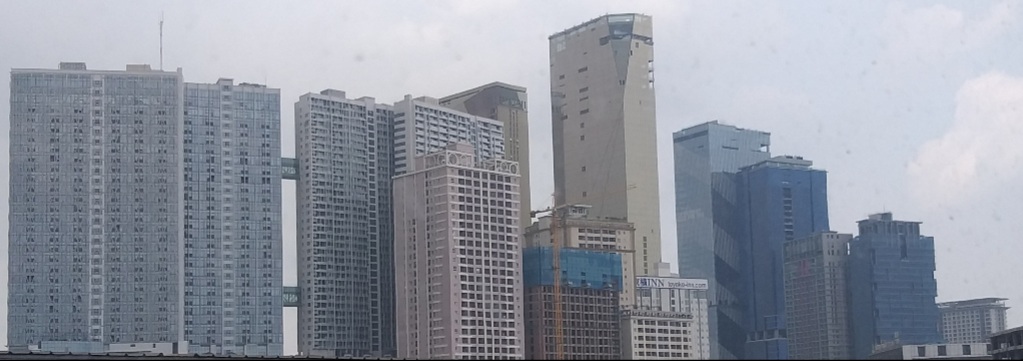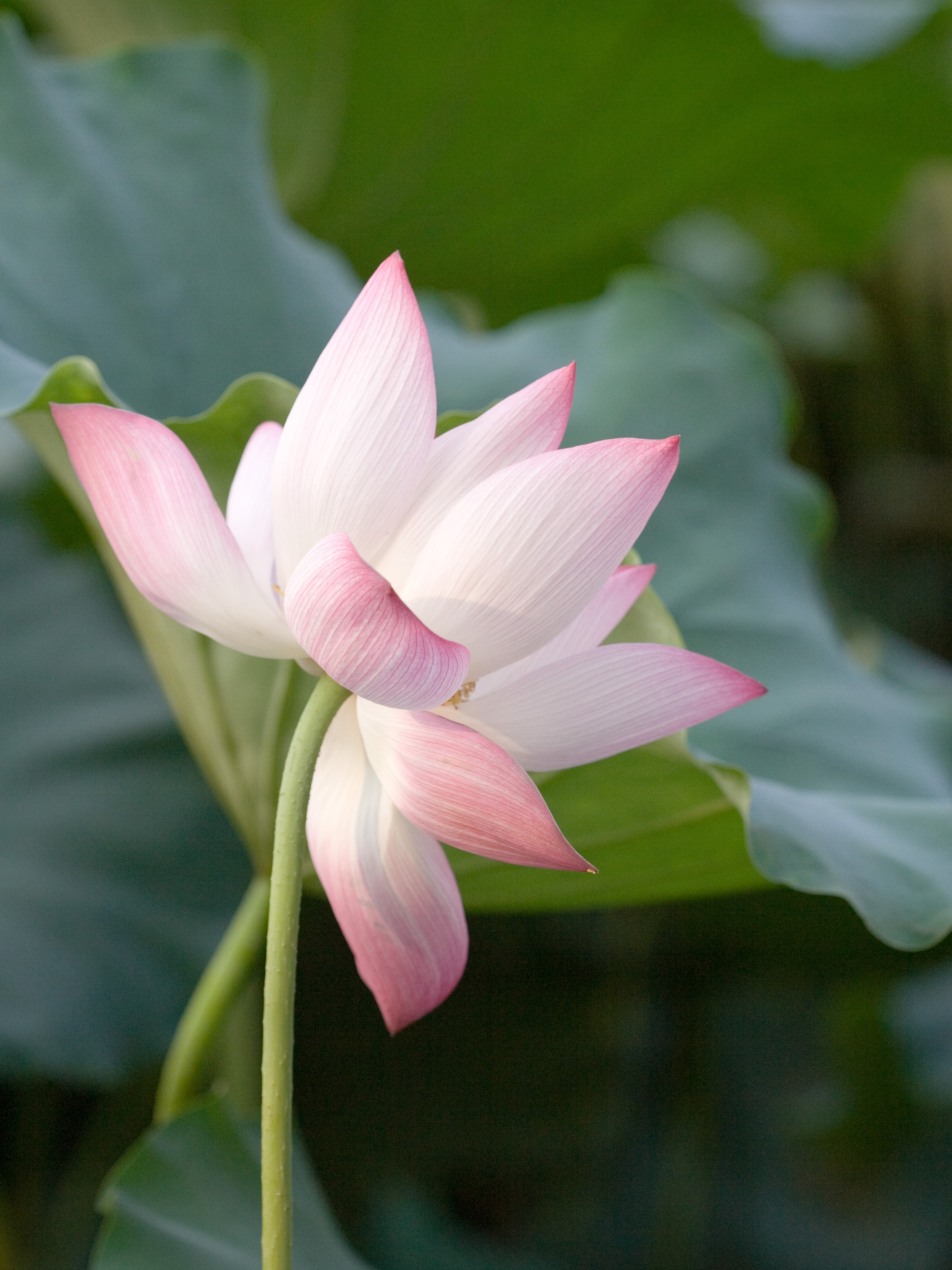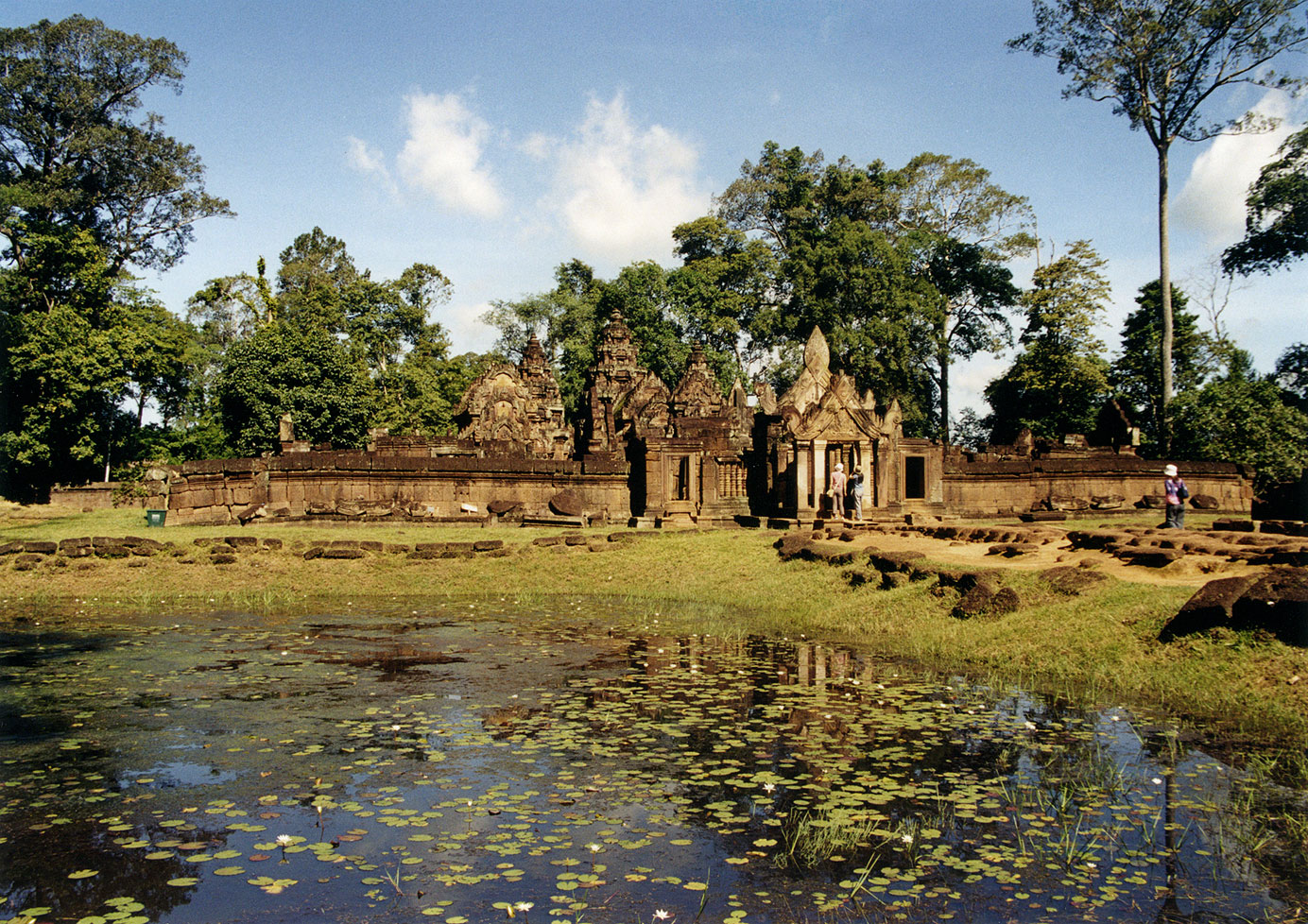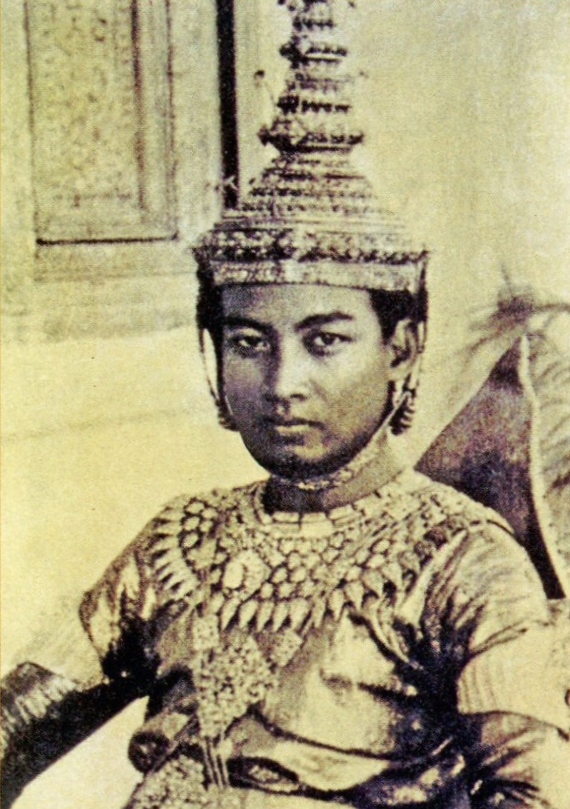|
Independence Monument, Phnom Penh
The Independence Monument ( km, វិមានឯករាជ្យ ) in Phnom Penh, capital of Cambodia, was built in 1958 to memorialise Cambodia's independence from France in 1953. It stands on a roundabout in the intersection of Norodom Boulevard and Sihanouk Boulevard in the centre of the city. It is in the form of a lotus-shaped stupa, of the style seen at the temple at Banteay Srei and other Khmer historical sites. The Independence Monument was designed by the Cambodian architect Vann Molyvann Vann Molyvann ( km, វណ្ណ ម៉ូលីវណ្ណ; 23 November 1926 – 28 September 2017) was a Cambodian architect. During the Sangkum Reastr Niyum regime (1955–1970), Prince Norodom Sihanouk enacted a development policy encompass ..., who was “personally selected and instructed” by Prince Norodom Sihanouk on how it should look like, combining “the religious and the secular.” It stands 37 metres tall. During national celebrations, the Independence Monum ... [...More Info...] [...Related Items...] OR: [Wikipedia] [Google] [Baidu] |
Norodom Boulevard
Norodom Boulevard ( km, មហាវិថីព្រះនរោត្តម), also called Street 41 ( km, ផ្លូវលេខ៤១, link=no), is a major boulevard in Cambodia and one of Phnom Penh's oldest arterial roads. It was named after King Norodom. It connects with Monivong Bridge in the south-east of the city at the Bassac River and joins with the north of the city at Wat Phnom. History During the French protectorate of Cambodia, it was called ''Boulevard Doudart de Lagrée,'' in honor of Ernest Doudart de Lagrée, the corvette captain is the architect of the transfer of the capital from Oudong to Phnom Penh. During the Khmer Rouge rule, the building of the Central Bank of Cambodia was blown up, and rebuilt in 1991 in its previous location on Norodom Boulevard (then still Tou Samouth Boulevard). In July 1988, as the Vietnamese commanders left Phnom Penh, Khmer citizens holding small Vietnamese and Cambodian flags sat on the curbs of Tou Samouth Boulevard, where ... [...More Info...] [...Related Items...] OR: [Wikipedia] [Google] [Baidu] |
Phnom Penh
Phnom Penh (; km, ភ្នំពេញ, ) is the capital and most populous city of Cambodia. It has been the national capital since the French protectorate of Cambodia and has grown to become the nation's primate city and its economic, industrial, and cultural centre. Phnom Penh succeeded Angkor Thom as the capital of the Khmer nation but was abandoned several times before being reestablished in 1865 by King Norodom. The city formerly functioned as a processing center, with textiles, pharmaceuticals, machine manufacturing, and rice milling. Its chief assets, however, were cultural. Institutions of higher learning included the Royal University of Phnom Penh (established in 1960 as Royal Khmer University), with schools of engineering, fine arts, technology, and agricultural sciences, the latter at Chamkar Daung, a suburb. Also located in Phnom Penh were the Royal University of Agronomic Sciences and the Agricultural School of Prek Leap. The city was nicknamed the "Pearl of As ... [...More Info...] [...Related Items...] OR: [Wikipedia] [Google] [Baidu] |
Cambodia
Cambodia (; also Kampuchea ; km, កម្ពុជា, UNGEGN: ), officially the Kingdom of Cambodia, is a country located in the southern portion of the Indochinese Peninsula in Southeast Asia, spanning an area of , bordered by Thailand to the northwest, Laos to the north, Vietnam to the east, and the Gulf of Thailand to the southwest. The capital and largest city is Phnom Penh. The sovereign state of Cambodia has a population of over 17 million. Buddhism is enshrined in the constitution as the official state religion, and is practised by more than 97% of the population. Cambodia's minority groups include Vietnamese, Chinese, Chams and 30 hill tribes. Cambodia has a tropical monsoon climate of two seasons, and the country is made up of a central floodplain around the Tonlé Sap lake and Mekong Delta, surrounded by mountainous regions. The capital and largest city is Phnom Penh, the political, economic and cultural centre of Cambodia. The kingdom is an elective co ... [...More Info...] [...Related Items...] OR: [Wikipedia] [Google] [Baidu] |
Vann Molyvann
Vann Molyvann ( km, វណ្ណ ម៉ូលីវណ្ណ; 23 November 1926 – 28 September 2017) was a Cambodian architect. During the Sangkum Reastr Niyum regime (1955–1970), Prince Norodom Sihanouk enacted a development policy encompassing the whole kingdom with the construction of new towns, infrastructure and architecture. Vann was the foremost of a generation of architects who contributed to the unique style of architecture that emerged during this era and that has been coined New Khmer Architecture. Biography Born in Ream, Kampot province in 1926, Vann Molyvann obtained a scholarship to pursue his studies in Paris, France in 1946. After one year of law, he switched to architecture at the School of Fine Arts in Paris (École Nationale Supérieure des Beaux-Arts). He studied 1947-1954 in the Arretche studio and returned in 1956, the first fully qualified Cambodian architect, keen to put his talents to use. He was promptly appointed Head of Public Works and State Ar ... [...More Info...] [...Related Items...] OR: [Wikipedia] [Google] [Baidu] |
France
France (), officially the French Republic ( ), is a country primarily located in Western Europe. It also comprises of Overseas France, overseas regions and territories in the Americas and the Atlantic Ocean, Atlantic, Pacific Ocean, Pacific and Indian Oceans. Its Metropolitan France, metropolitan area extends from the Rhine to the Atlantic Ocean and from the Mediterranean Sea to the English Channel and the North Sea; overseas territories include French Guiana in South America, Saint Pierre and Miquelon in the North Atlantic, the French West Indies, and many islands in Oceania and the Indian Ocean. Due to its several coastal territories, France has the largest exclusive economic zone in the world. France borders Belgium, Luxembourg, Germany, Switzerland, Monaco, Italy, Andorra, and Spain in continental Europe, as well as the Kingdom of the Netherlands, Netherlands, Suriname, and Brazil in the Americas via its overseas territories in French Guiana and Saint Martin (island), ... [...More Info...] [...Related Items...] OR: [Wikipedia] [Google] [Baidu] |
Sihanouk Boulevard
Sihanouk Boulevard ( km, មហាវិថីព្រះសីហនុ) is a central boulevard of Phnom Penh which is the capital of Cambodia. The boulevard crosses the city in an east–west direction. It is named in honour of the late King Norodom Sihanouk, one of the country's greatest kings. It crosses with the east–west Norodom Boulevard at Independence Monument and near Wat Lanka. It crosses Samdech Hun Sen Boulevard. Wat Moha Montrey is located on the boulevard in the western area of the city. The Lucky Supermarket is located approximately after it crosses with Monivong Boulevard which passes through the entire city in a north–south direction in the centre. The boulevard circles around Independence Monument, which is located just south of the Embassy of North Korea.Forbes, Andrew (2006).''Insight Compact Guide: Cambodia'', pp. 28. APA Publications and GeoCenter International Limited in association with ''The Discovery Channel Discovery Channel (known as ... [...More Info...] [...Related Items...] OR: [Wikipedia] [Google] [Baidu] |
Nelumbo Nucifera
''Nelumbo nucifera'', also known as sacred lotus, Laxmi lotus, Indian lotus, or simply lotus, is one of two extant species of aquatic plant in the family Nelumbonaceae. It is sometimes colloquially called a water lily, though this more often refers to members of the family Nymphaeaceae. Lotus plants are adapted to grow in the flood plains of slow-moving rivers and delta areas. Stands of lotus drop hundreds of thousands of seeds every year to the bottom of the pond. While some sprout immediately, and most are eaten by wildlife, the remaining seeds can remain dormant for an extensive period of time as the pond silts in and dries out. During flood conditions, sediments containing these seeds are broken open, and the dormant seeds rehydrate and begin a new lotus colony. Under favorable circumstances, the seeds of this aquatic perennial may remain viable for many years, with the oldest recorded lotus germination being from seeds 1,300 years old recovered from a dry lakebed in n ... [...More Info...] [...Related Items...] OR: [Wikipedia] [Google] [Baidu] |
Stupa
A stupa ( sa, स्तूप, lit=heap, ) is a mound-like or hemispherical structure containing relics (such as ''śarīra'' – typically the remains of Buddhist monks or nuns) that is used as a place of meditation. In Buddhism, circumambulation or ''pradakhshina'' has been an important ritual and devotional practice since the earliest times, and stupas always have a ''pradakhshina'' path around them. The original South Asian form is a large solid dome above a tholobate or drum with vertical sides, which usually sits on a square base. There is no access to the inside of the structure. In large stupas there may be walkways for circumambulation on top of the base as well as on the ground below it. Large stupas have or had ''vedikā'' railings outside the path around the base, often highly decorated with sculpture, especially at the torana gateways, of which there are usually four. At the top of the dome is a thin vertical element, with one of more horizontal discs spreadin ... [...More Info...] [...Related Items...] OR: [Wikipedia] [Google] [Baidu] |
Banteay Srei
Banteay Srei or Banteay Srey ( km, បន្ទាយស្រី ) is a 10th-century Cambodian temple dedicated to the Hindu god Shiva. Located in the area of Angkor, it lies near the hill of Phnom Dei, north-east of the main group of temples that once belonged to the medieval capitals of Yasodharapura and Angkor Thom.Higham, ''The Civilization of Angkor'', p.79. Banteay Srei is built largely of red sandstone, a medium that lends itself to the elaborate decorative wall carvings which are still observable today. The buildings themselves are miniature in scale, unusually so when measured by the standards of Angkorian construction. These factors have made the temple extremely popular with tourists, and have led to its being widely praised as a "precious gem", or the "jewel of Khmer art." History Foundation and dedication Consecrated on 22 April 967 A.D., Bantãy Srĕi was the only major temple at Angkor not built by a monarch; its construction is credited to the courtiers ... [...More Info...] [...Related Items...] OR: [Wikipedia] [Google] [Baidu] |
Norodom Sihanouk
Norodom Sihanouk (; km, នរោត្តម សីហនុ, ; 31 October 192215 October 2012) was a Cambodian statesman, Sangkum and FUNCINPEC politician, Norodom Sihanouk filmography, film director, and composer who led Cambodia in various capacities throughout his long career, most often as both Monarchy of Cambodia, King and Prime Minister of Cambodia. In Cambodia, he is known as Samdech Euv ( km, សម្តេចឪ, link=no, ; meaning "King Father"). During his lifetime, Cambodia was under various regimes, from French protectorate of Cambodia, French colonial rule (until 1953), Cambodia (1953–1970), an independent kingdom (1953–1970), Khmer Republic, a republic (1970–1975), Democratic Kampuchea, the Khmer Rouge regime (1975–1979), People's Republic of Kampuchea, another communist regime (1979–1989), State of Cambodia (1989–1993), a state (1989–1993) to finally Kingdom of Cambodia, another kingdom (since 1993). Sihanouk was the only child of Prince No ... [...More Info...] [...Related Items...] OR: [Wikipedia] [Google] [Baidu] |
Norodom Sihanouk Memorial
The Norodom Sihanouk Memorial, also called the Statue of King Father Norodom Sihanouk, is a monument commemorating former King Norodom Sihanouk located in Phnom Penh, Cambodia. The bronze statue is 4.5 meters tall and is housed under a 27 meter high stupa in the park east of the Independence Monument. The statue depicting the late king wearing a business suit cost about US$1.2 million and took about 8 months to complete. During the day the statue was inaugurated, public access to the statue was tightly monitored while armed military police were stationed near the statue in October 2013. Norodom Sihanouk died on 15 October 2012 in Beijing, China, and survived by his son, current King Norodom Sihamoni, and his wife, Norodom Monineath Norodom Monineath Sihanouk ( km, នរោត្ដម មុនីនាថ សីហនុ, ; born Paule Monique Izzi; 18 June 1936) is the queen mother of Cambodia. She was queen consort of Cambodia from 1993 to 2004, as the wife of King N .... ... [...More Info...] [...Related Items...] OR: [Wikipedia] [Google] [Baidu] |
Monuments And Memorials In Cambodia
A monument is a type of structure that was explicitly created to commemorate a person or event, or which has become relevant to a social group as a part of their remembrance of historic times or cultural heritage, due to its artistic, historical, political, technical or architectural importance. Some of the first monuments were dolmens or menhirs, megalithic constructions built for religious or funerary purposes. Examples of monuments include statues, (war) memorials, historical buildings, archaeological sites, and cultural assets. If there is a public interest in its preservation, a monument can for example be listed as a UNESCO World Heritage Site. Etymology It is believed that the origin of the word "monument" comes from the Greek ''mnemosynon'' and the Latin ''moneo'', ''monere'', which means 'to remind', 'to advise' or 'to warn', however, it is also believed that the word monument originates from an Albanian word 'mani men' which in Albanian language means 'remembe ... [...More Info...] [...Related Items...] OR: [Wikipedia] [Google] [Baidu] |






